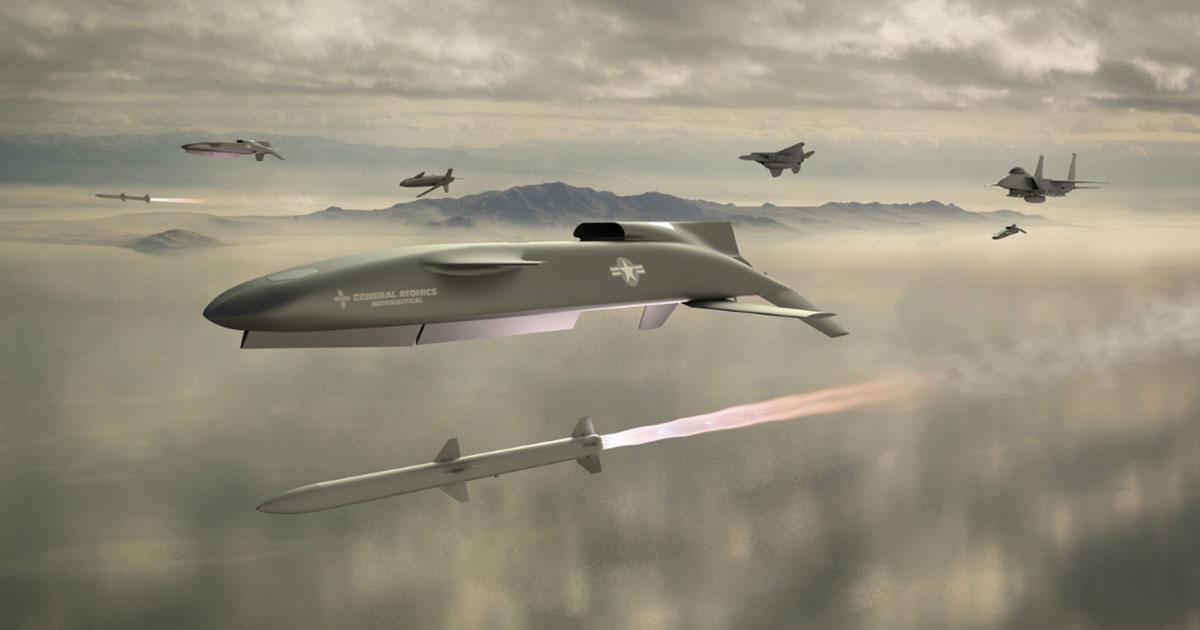
Credit: GA-ASI
LONDON—Industry executives still are raising fundamental questions about the design and relevance of a fleet of future autonomous combat aircraft. Speaking at the Global Air and Space Chiefs Conference July 17, the head of Northrop Grumman’s Aeronautics division emphasized the importance of...
Subscription Required
Industry Executives Raise New Questions About CCAs is published in Aerospace Daily & Defense Report, an Aviation Week Intelligence Network (AWIN) Market Briefing and is included with your AWIN membership.
Already a member of AWIN or subscribe to Aerospace Daily & Defense Report through your company? Login with your existing email and password.
Not a member? Learn how you can access the market intelligence and data you need to stay abreast of what's happening in the aerospace and defense community.
